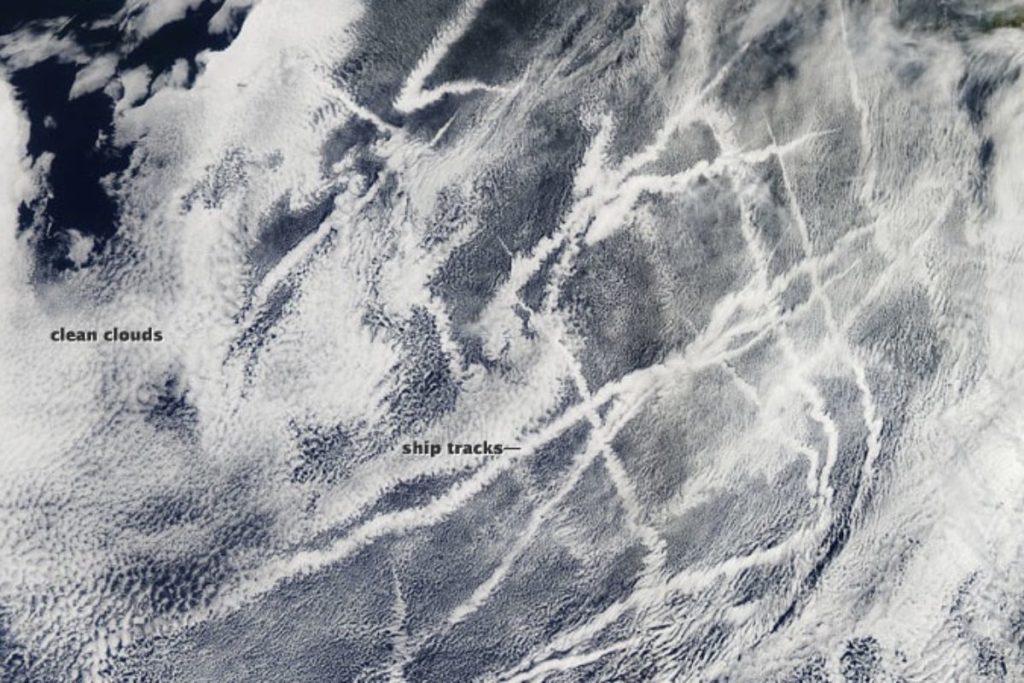It may take more than the few weeks that have so far passed before the full impact of the IMO 2020 fuel changes can be recognised but on the face of it those owners that opted for scrubbers would appear to have been the early winners.

A great deal of the advantage of scrubbers came not so much as a result of their being inherently better but because of the political tensions involving the US and Iran after the drone stroke on an Iranian military leader and the subsequent response by Iran. It is a sad reflection on politics that what could have been an increasing chain of tit for tat reactions, was only brought to an abrupt halt by the accidental shooting down of a Ukrainian passenger jet. Up to that point crude oil prices were beginning to soar but have dropped back since.
That spike in prices produced the inevitable increase in price for marine bunker fuels of all types and with it an increased premium for new 2020 compliant fuels over HFO. A near $300 differential between HFO and 2020 compliant fuels is a powerful argument for scrubber advocates and some things look to be moving more to support them.
It was once thought that only a small number of vessels might adopt scrubbers and that consequently bunker suppliers would gradually withdraw support from HFO leading to its eventual demise. The latest analysts’ reports might be changing that viewpoint. Currently scrubbers are fitted to around 12% of the world fleet by tonnage but the figure is increasing. Many now expect it to hit at least 20% of the fleet by tonnage. That figure is very close to the market share once held by distillates and, if you consider that distillates encompasses both MDO and MGO, then going forward the market share of HFO will exceed what used to be for MDO and MGO. That smaller market share was never an obstacle to obtaining those products so neither should it be for HFO in the future.
It was once assumed that scrubbers were a solution only for large vessels and the limited space available on smaller ships precluded their use. Dutch scrubber maker Value Maritime (VM) may not have the market share of the bigger players but its plug and play system is beginning to attract orders and as intended they are coming from small ship operators with the latest being an 8,000dwt vessel.

So far VM’s support has come from local owners only but if it can engineer a breakthrough into a wider market and its technology is proven to be robust then there would seem to be no reason for it not to take off on a bigger scale. Since small ships have traditionally run on distillates, a development such as this would be game changing.
